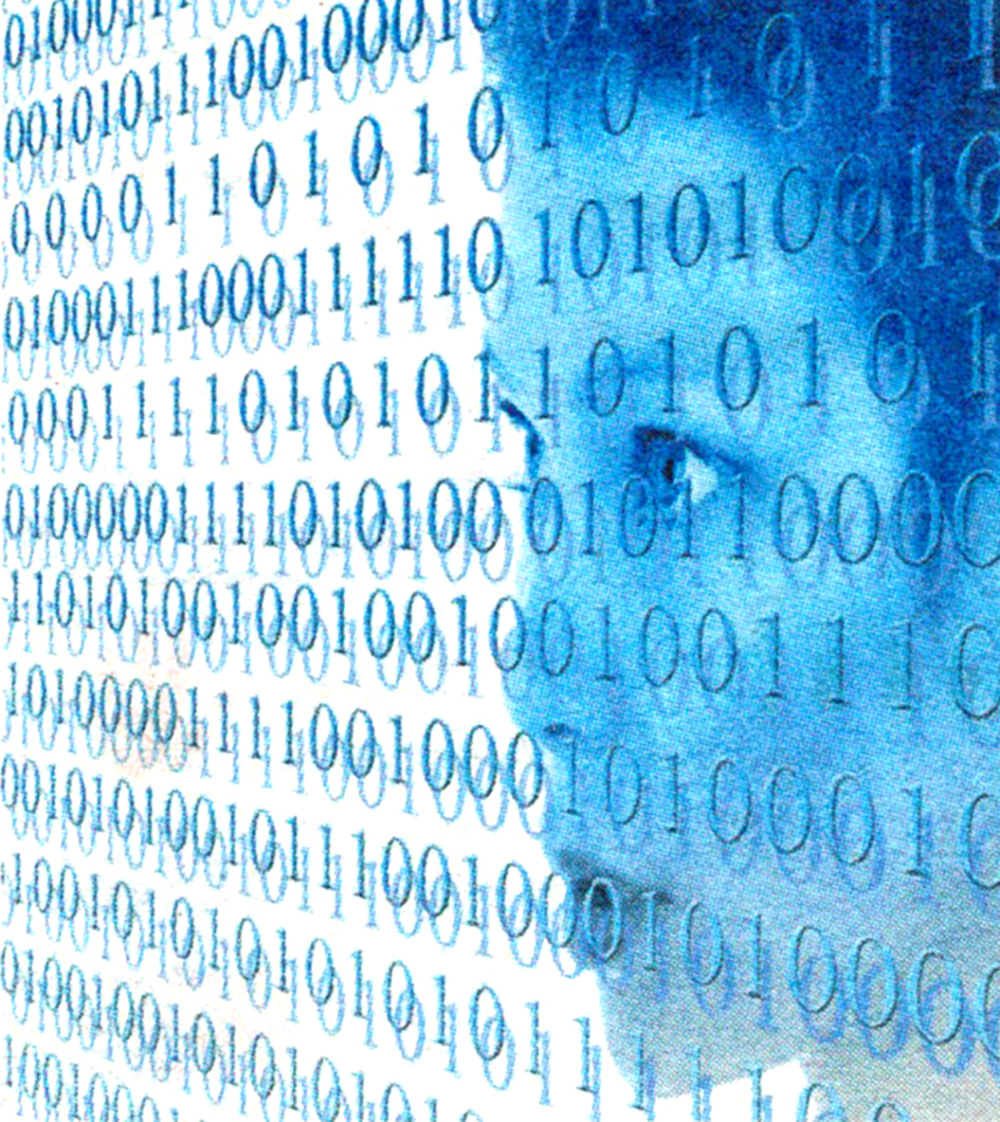
Source: pixabay.com
According to the National Center for Women & Information Technology (NCWIT), this year female students accounted for 56% of total participation in Advanced Placement (AP) Exams. At the collegiate level, women earned 57% of bachelor degrees. This surprising new trend suggests a shrinking gender bias in higher education, specifically in STEM-related fields, but with one notable exception: computer science.
Despite growth in female participation in many of the other sciences, the NWCIT found that female students made up only 19% of AP Computer Science test takers and only 18% of computer science degree recipients. These statistics raise the question: why are women so underrepresented in the field of computer science?
While there are a number of factors contributing to the gender gap in the field of computer science, the underlying problem is discrimination. From a young age, women are encouraged to engage in activities that either foster their creative side or are simply deemed to be more suited for girls. But if this is the case, then why is the gender gap still disappearing in so many other sciences?
To address this question, it is important to understand more about the field of computer science. Due to its highly technical nature, computer science appears foreign, abstract, and oftentimes simply cryptic to many outsiders.
For this reason, early exposure to the field and many of its fundamental concepts is a crucial part of any young student’s education. Without this introduction to the material at a young age, students are much less likely to enter the field or pursue computer sciende in university and beyond.
According to a Google survey, 98% of computer science majors received some sort of introduction to the computer science prior to college. At the same time, only 5% of schools around the United States offer AP Computer Science Courses. This means that in order to gain an early level of exposure, it is imperative that students engage with coding outside of school.
But what does this mean for young girls? Given the importance of computer science education outside of the traditional classroom environment, the way in which our society discriminates against young girls in pushing them towards activities which are deemed better suited for females has devastating effects on their future prospects in the field of computer science. However, there are a number of things that we as a society can do to eliminate this gender gap.
First, it is necessary to understand why it is so important to bring more women into computer science and create more female coders. According to the Bureau of Labor Statistics, by 2020 there will be 1 million more computer science jobs than computer scientists in the United States.
As a society, considering that we are in such desperate need of computer scientists, the notion that this field is not suited for women, or that young girls should pursue other more feminine activities is preposterous. It is in everyone’s best interest to bring more women into the field and create a more diverse future for the entire tech industry.
In order to make this diversity a reality, we must change the current perception surrounding women’s roles in the field of computer science. Since early introductions to coding typically occur outside of school, it is important that these opportunities cater towards and target both male and female students, which can be accomplished by simply changing marketing strategies.
For a summer coding course, instead of advertising with a group of young boys gathered around their latest project, showcase both boys and girls. Parents can also help contribute to empowering young girls to pursue computer science by simply letting them choose their own activities, not discouraging them from exploring coding, and making it clear that coding is for everyone.
Small steps like these can make a huge difference in changing the perception of women’s role in computer science, and have the potential to finally eliminate the field’s gender gap.